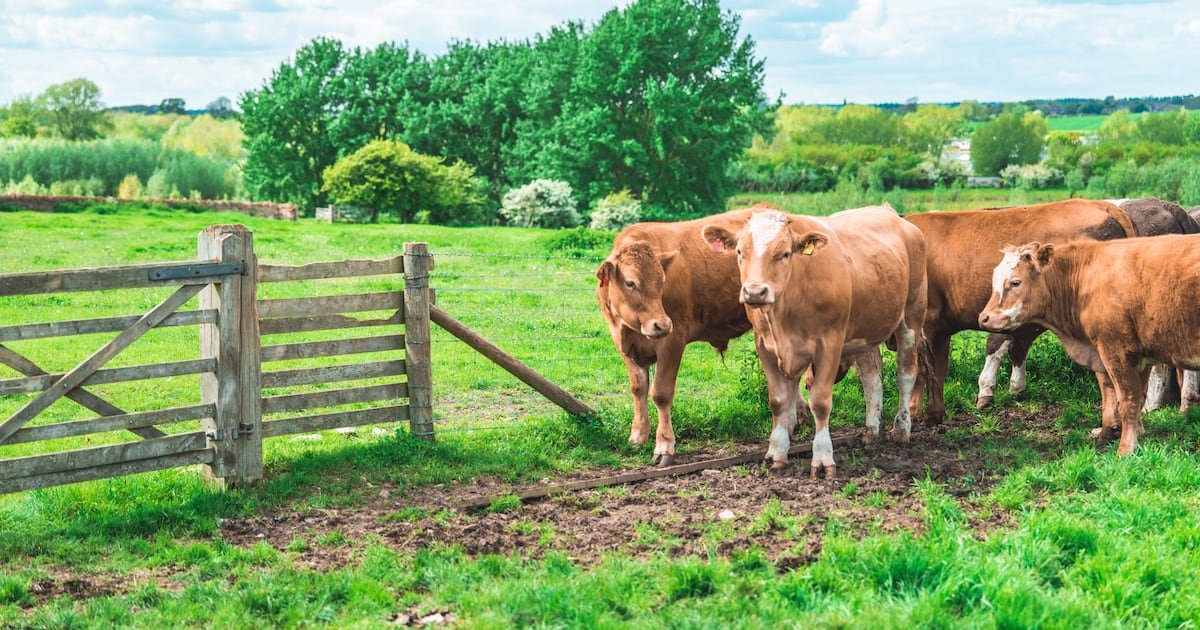A national conversation on land use has been launched by the UK Government which will seek the views of farmers, landowners, businesses and nature groups on a new approach to managing land use in England.
According to Defra the Land Use Framework uses “the most sophisticated land use data ever published” and aims to provide decision makers with the information they need to protect England’s most productive agricultural land.
What is the Land Use Framework consultation?
This is important as the new rules will dictate what the arable land is used for – with some farmers concerned over whether food security will be worsened if land currently used for food and livestock is assigned for other uses.
The creation of a Rural Land Use Framework was a recommendation set out in Henry’s Dimbleby’s 2021 review of the food system and had been intended for publication in 2023. But, like much policy we’ve seen in the last few years, the framework was delayed.
Since the announcement, concerns mounted following the reveal from Government that around 9% of England’s farming land will need to shift away from food production to meet green goals.
It estimates that by 2050, at least 1.6m hectares of farmland (about 20%) will need to be converted into forest and wild habitats to meet the Government’s net zero and nature targets.
In a speech at the Royal Geographical Society today, Defra secretary Steve Reed was quick to reassure the farming community: “We will work with farmers to shape the framework and support them in making their businesses more sustainable, productive and profitable by opening up government data.
“This framework will give decision makers the toolkit they need to protect our highest quality agricultural land.”
Cautious optimism
Reaction to the consultation has been generally quite positive from industry voices such as the National Farmers Union (NFU), Soil Association, and AHDB, which all welcomed the move with cautious optimism.
“With competition for that land ever increasing, and to deliver on the government commitment that food security is national security, we must have a land use plan in place, underpinned by sound science and evidence, that has British food at its heart and ensures we make the best use of our most productive agricultural land,” said Tom Bradshaw, president of the NFU.
As Bradshaw described, the farming sector has taken a battering, so getting this framework right is incredibly important.
“It’s imperative this framework does not further restrict farmers’ ability to produce the nation’s food,” he contended.
“Above all, we need transparency, engagement and a government that is willing to listen. Only then will we get a land use framework that delivers for consumers, for the environment and for British agriculture.”
“The biggest challenge will be getting the balance right between flexibility for farmers and certainty for the environment and food resilience,” added Soil Association’s policy director, Brendan Costelloe.
“Clearly, the framework shouldn’t be telling farmers what to grow and where to grow it, all the time. But nor can we continue to allow blatantly harmful practices to push the environment to the brink in particular areas. We shouldn’t allow harmful intensive poultry or maize production in sensitive catchments, any more than we would allow harmful housing.”
Commenting, the AHDB has said that the analysis quoted in the consultation suggests “a range of 1-9% reduction in land use for agriculture” and will need to be “carefully examined”.
“There will need to be careful consideration of the longer-term effect upon food security and the potential financial impact on farmers,” the board added. “The balance of incentivising food production with creating a vibrant environment is a key challenge, AHDB is ready to play its part in ensuring farmers’ views are heard and clear independent evidence is used to assess the potential impact of proposed policy changes.“
‘Not a major sacrifice’
Dimbleby has been quick to defend the approach set out by the Government, stating that a lot of land is currently used in ‘unproductive’ ways.
On Saturday (1 February 2025), he shared a post from his business Bramble Partners on Linked In which reassured that whilst a 9% of farmland could shift away from food, a 0.5% annual productivity has the potential to offset this entirely.
The former Government tsar has previously emphasised the need to move away from an animal-based diet in his review, noting that while meat and diary make up only a third of our calories, 85% of UK farmland is used for feeding and rearing livestock. While around one-sixth of this is used to grow crops for animal feed (although we buy a lot of feed in from abroad), and the remaining land is used for grazing.
“This is a wildly inefficient use of land,” the Dimbleby 2021 review reads. “Growing plants for human consumption generates around 12 times more calories per hectare than using the land for meat production. Reducing meat consumption is the single most effective lever we can pull to improve the productivity of our land.”
Speaking more recently on the move from Government, Dimbleby told the BBC: “We can afford to pull that [meat] back a bit in order to restore nature, in order to build houses, in order to get clean energy. That is not a major sacrifice.”
Where is the food strategy?
Meanwhile, Conservative leader Kemi Badenoch has (arguably unsurprisingly) criticised the move, telling broadcasters during a visit to a farm in Cheshire on Friday (31 January 2025): “To add even more burdens, saying that we are going to spend more time on net zero, shows they are not serious.
“We need to talk about food security and food production and making life easier for farmers, not harder.”
Roger Saul founder of the fashion brand Mulberry and organic walnut producer, Sharpham Park, has also raised questions.
Speaking to Food Manufacture, he said: “One has to ask: Why is the nation’s food supply now ranked behind that of the environment?
“Surely, the two are equally vital. With all the furore over farmers’ grants being axed by 75% and the inheritance tax nightmare, never has the sustenance of the nation looked more questionable.”
Saul is also flabbergasted as to why the food strategy has not yet emerged and questions why the Government is sitting on its publication.
“At a minimum, one would have thought the Government would have produced its much-vaunted UK Food strategy in tandem with the land use framework proposals [farmland reduced by 9%]. But no, another blow to the food and farming community.”
He believes we should follow the Crown Estate’s example, which is taking a joined-up approach with its tenant farmers, creating a system that promotes both food production and nature recovery.
He described the Crown Estate as moving away from the “rigid, feudal landlord-tenant system which seems fixated on rents and constraints”, and urged other big landowners like the National Trust, The Church, and the Duchies of Cornwall and Lancaster to pool ideas and follow suit.
A better option?
Offering an alternative solution, Saul believes the Government should expediate its promised £5bn food strategy for farmers with the following priorities:
- Grants for all farmers that grow vegetables and fruit in harmony with the environment
- Electric energy rebates for all environmental food growing schemes
- Simplify planning: centralise all large food production endeavours, so Government can support and speed up (like that of housing)
- Create a loan scheme supported by banks that gives long, low cost loans to food/farming enterprises
- Give tax breaks for investors to invest in farming/food-based schemes.
- Make it mandatory for golf courses to have land between fairways planted with fruit and nut trees!!!( this is tongue in cheek and to try and bring some light relief to this vexed subject)
- Reconsider the inheritance tax decision on farmers.
When it comes to supermarkets, which have recently come together to call on the Government to roll back its inheritance tax plans, he asks that they demonstrate that they too can make the biggest difference by coming together to address the issues themselves. They hold a disproportionate amount of power in the food supply chain and Saul suggests a retail steering group with an independent administrator is formed. This group would then be tasked with the following goals:
- To reduce margins by say 5% on all British produce and increase margins by 5% on all food imports, no loss of profit, but a more level playing field.
- Remove intermediary distribution businesses that take up to 30% margin from the farmers and bring that function inhouse.
- Each supermarket to have a farm team that works directly with their farm suppliers, not buyers incentivised purely by reducing prices
- A supermarket fruit and veg development team that works with the CEA experts and Defra to devise a priority sourcing scheme in the UK for these commodities
- British labelling only applied to British grown produce (i.e. if the product has been finished in the UK but produced elsewhere it would not meet the criteria).
The walnut farmer also offered a plea to the press to get behind a campaign for ‘Brand Britain’ to help drive consumers to purchase fruit and vegetables produced domestically.







